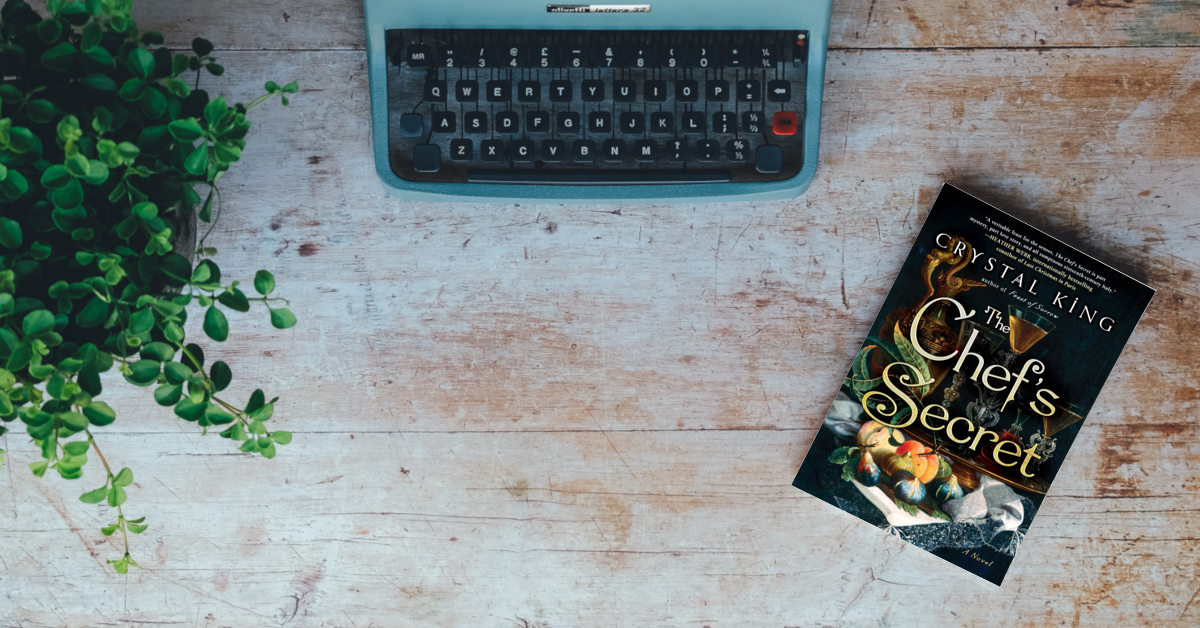
It's my favorite time of the year! Well, almost. I know many of you are groaning when I say that, but I say, bring on the leaves! Bring on the sweater weather! Let us carve up some gourds!
Author Crystal King muses on life, history, writing and food.

It's my favorite time of the year! Well, almost. I know many of you are groaning when I say that, but I say, bring on the leaves! Bring on the sweater weather! Let us carve up some gourds!
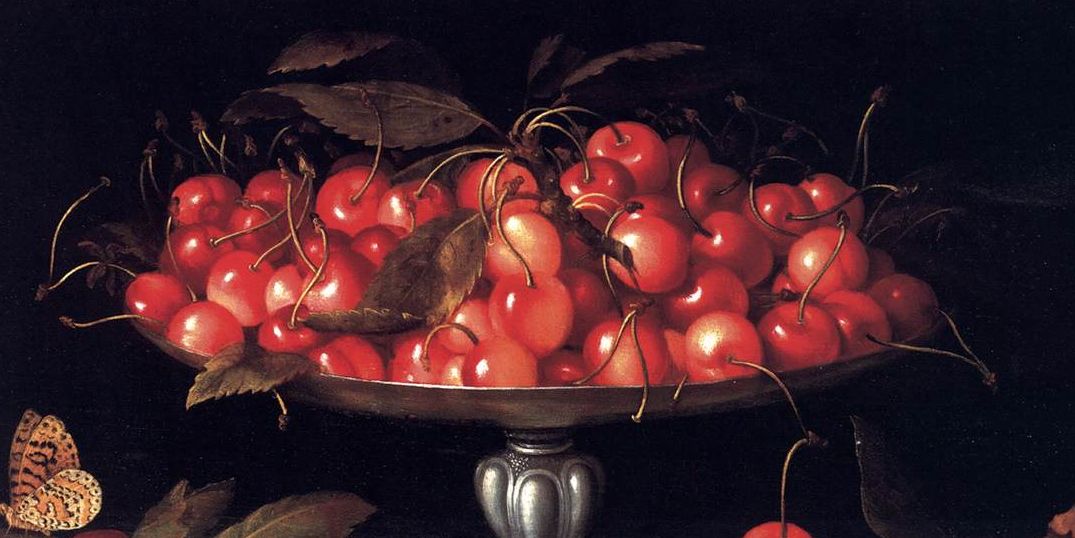
Much of this article (written by me!), originally appeared on Let Them Read Books.
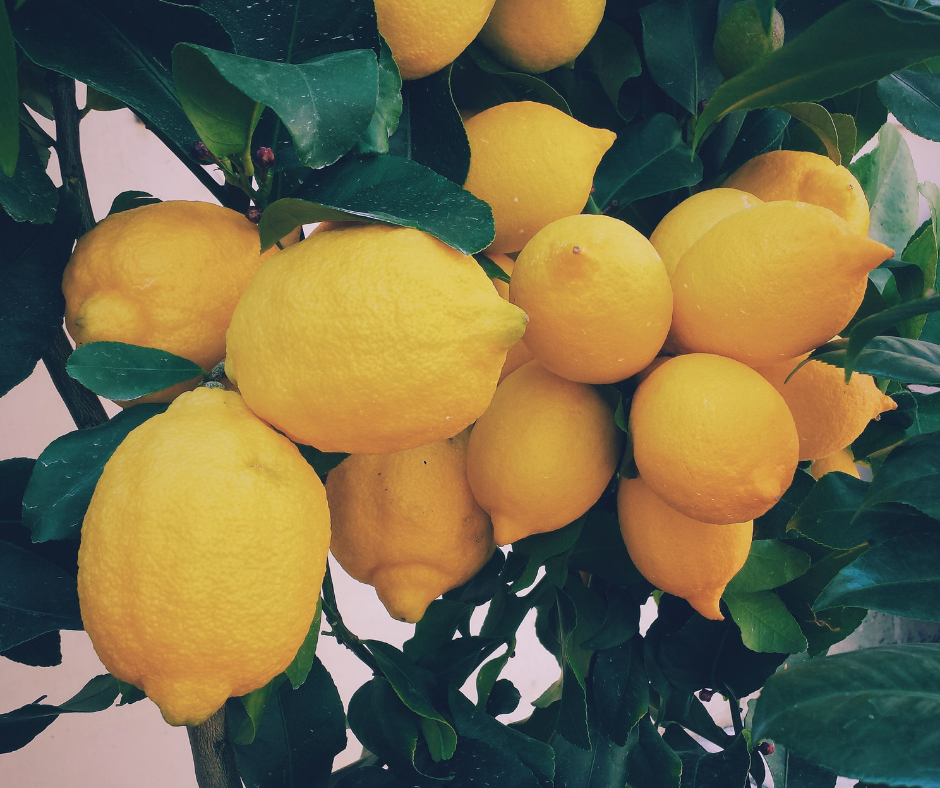
It's #NationalIceCreamDay and that deserves two blog posts, in my humble opinion.

Early on when writing The Chef's Secret, I knew that I had two stories to tell, that of Bartolomeo Scappi in the past, and that of his nephew and apprentice, Giovanni, in the present. Giovanni came into possession of journals and letters which told him the big secrets of his uncle's past.
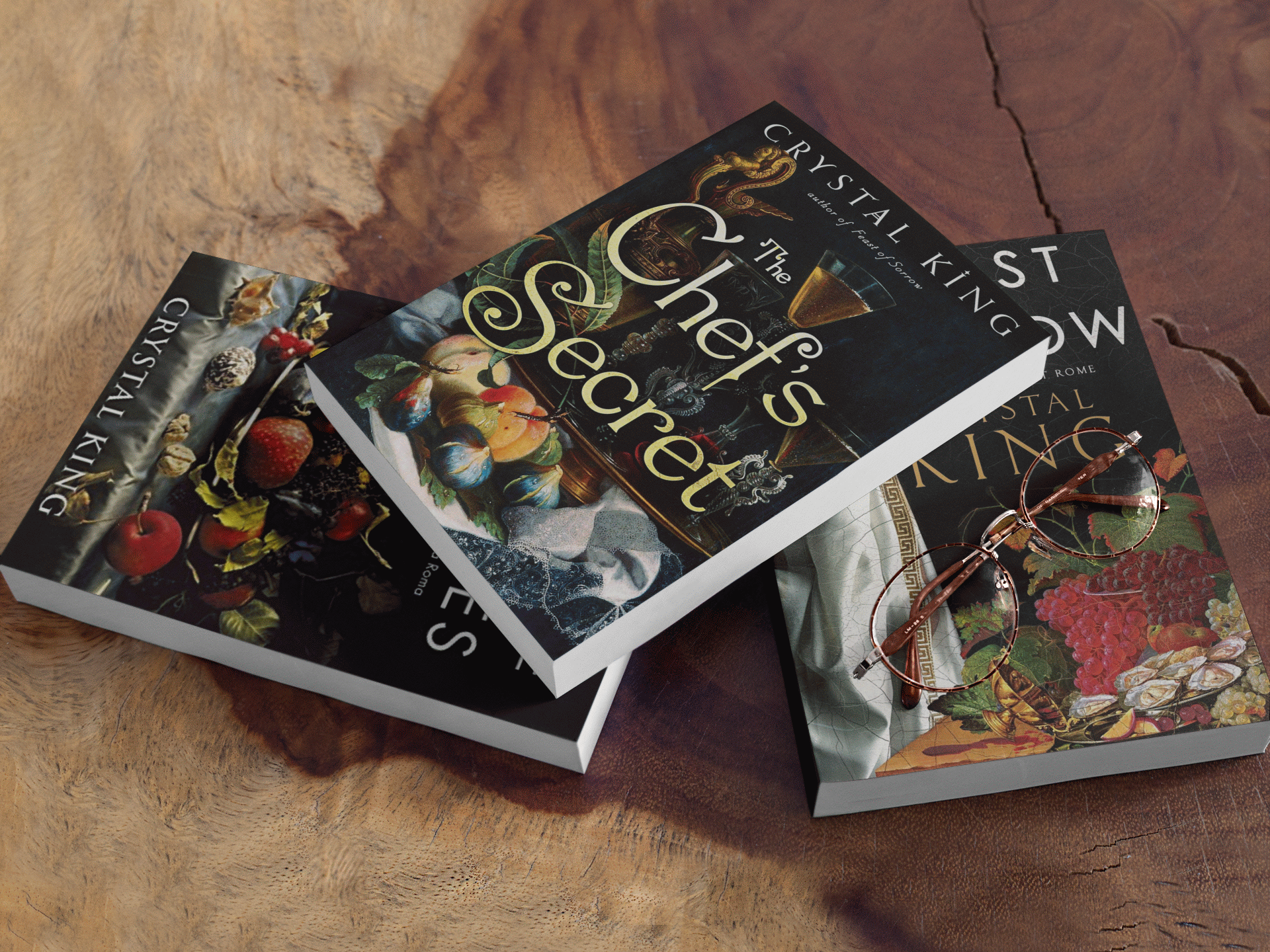
My latest YouTube vlog is all about the fun questions I'm frequently asked, either on tour, or in interviews. Find out who my favorite artists are, some surprising things I've learned about Italy, and what I'm reading at the moment.

In 2005, I graduated with my M.A. in Critical & Creative Thinking. I had a thesis which was, essentially, a book proposal for creative writing exercises for authors in progress. And I needed to figure out how to get it out into the world. Enter in GrubStreet.
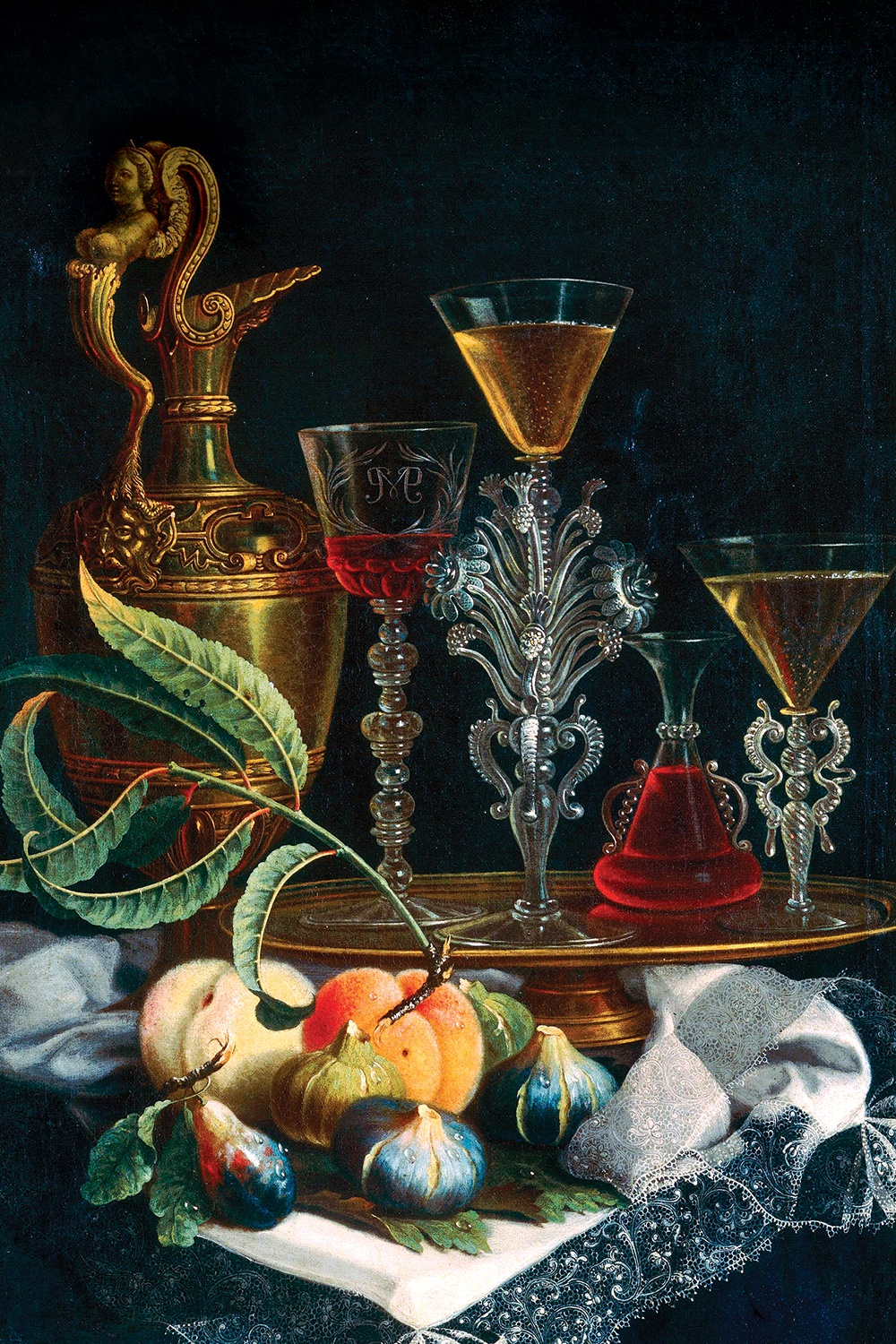
In just two weeks, The Chef's Secret will be out in the world! Check out the book trailer to learn more.

In addition to writing novels, I also work as a social media professor for a marketing technology company, HubSpot. My entire site is built on HubSpot, actually, and I manage my mailing list and social media through the platform (although, note that for the average author it probably isn't the right choice price-wise, as it's meant for businesses...it's a lucky perk of being an employee).
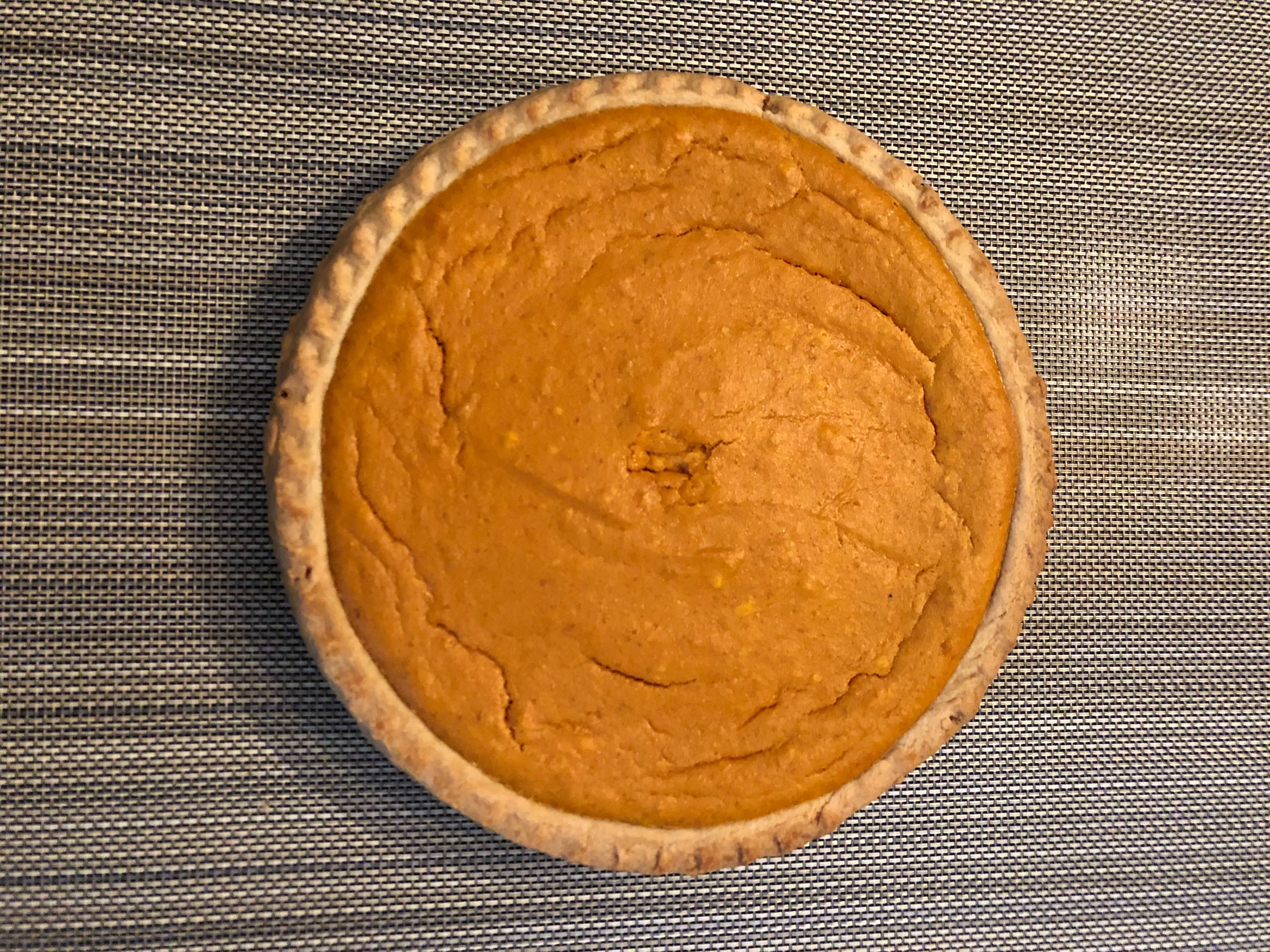
It's #NationalPieDay!! So of course I had to share one of my favorite Renaissance recipes, one for a pumpkin tourte.
Pumpkin pie in the Renaissance? I hear you say. Isn't that a food from North America? Why yes, but let me explain. In renowned chef Bartolomeo Scappi's 1570 cookbook, he describes a pie which includes a recipe for a gourd that translates as the word "pumpkin." Now, the word for "pumpkin" has been used on a variety of gourds throughout the centuries, dating back to ancient times. It's possible that the pie he describes was actually a squash pie, but with the influx of foods from the new world (Scappi also includes some of the first European recipes for turkey in his book), I like to think that perhaps the pumpkin that we know and love today might have been what Scappi was using when he created this recipe.

The holidays are past, and January is off to a shivery start in most places. In New England, it's really just the start of winter, with February at it's deep, dark, freezing heart.
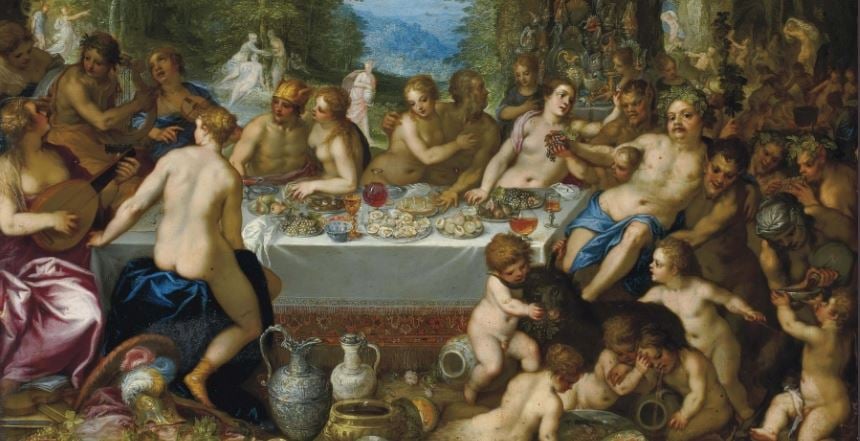
This article first appeared in the inaugural issue of the beautiful food history publication, EATEN Magazine. If you love food and love reading about the fascinating history of food, definitely snag a subscription...you won't be sorry! The photos of the cake were taken by Valerio Necchio.
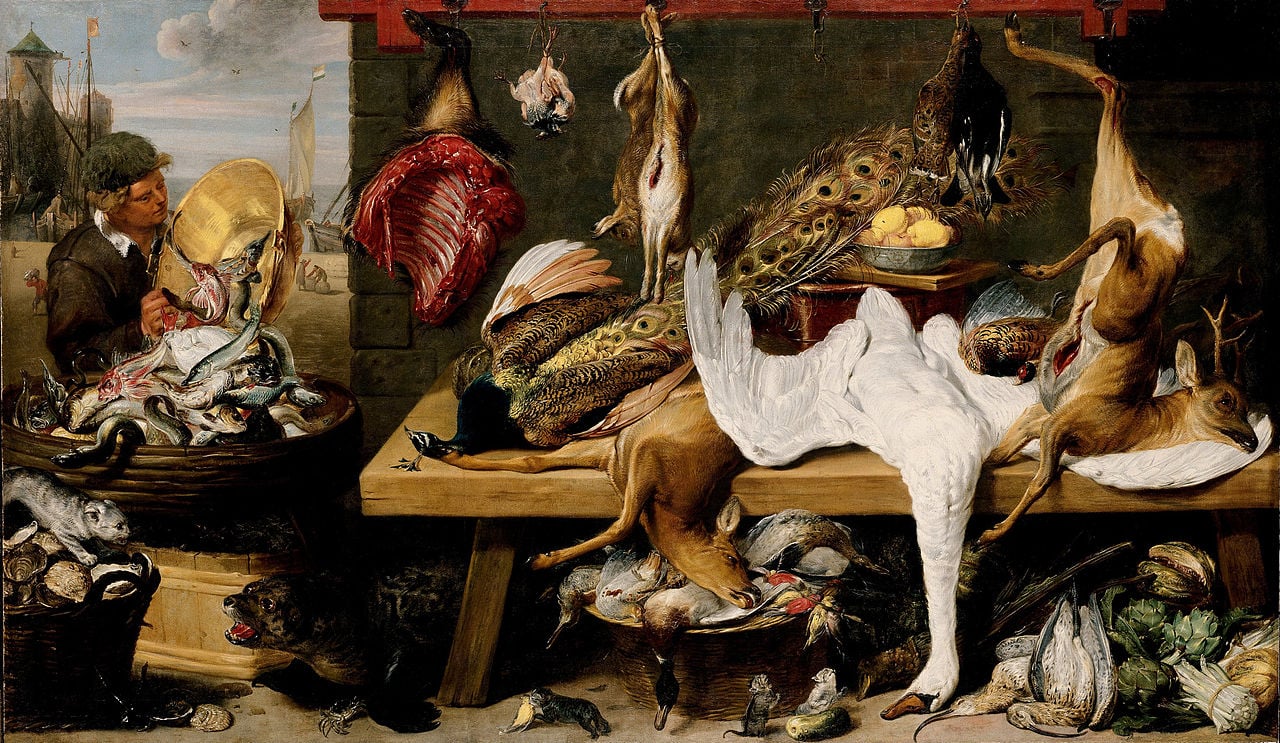
Renaissance chef (and character in my second novel), Bartolomeo Scappi, wrote a cookbook that was released in 1570 and was one of the most reprinted cookbooks over the next two hundred years. One of the most wonderful things about his cookbook, The Opera of Bartolomeo Scappi, is that it is still very accessible today. There are exceptions, for example, modern audiences would not be interested in some of the meats (hedgehog or blackbird anyone?), and many of the items are not readily available or, like his feathered peacock, are too elaborate too make.
Fortunately, many of his recipes are are still pretty easy to figure out. Like this one for braised beef:
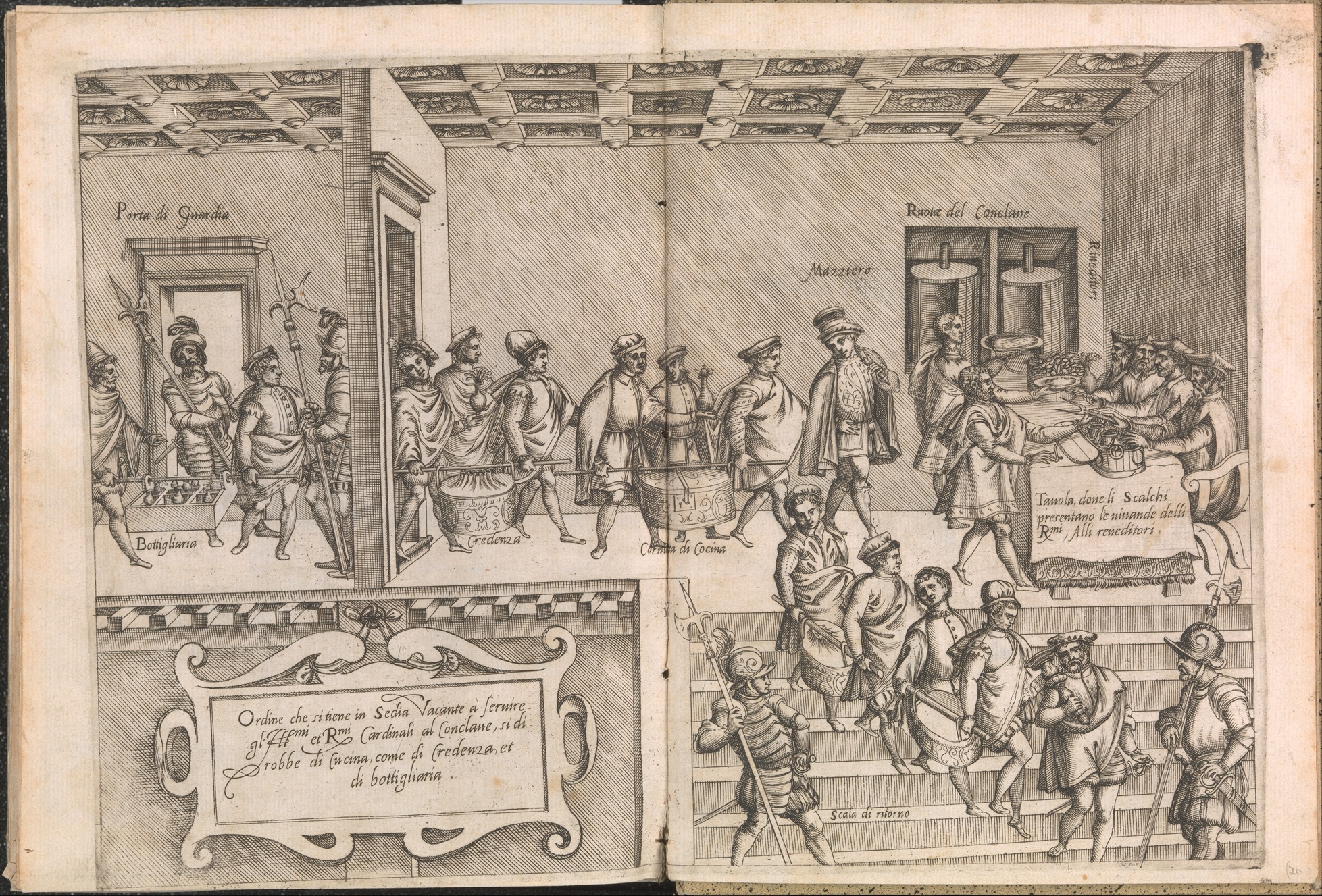
It's the sticky part of July, nearly the dog days of summer. My mind has been jam-packed with planning for both the fall, and the winter launch of my next novel, THE CHEF'S SECRET. In the midst of that, I've had my mind in a swirl with a variety of other projects, books and ideas--many of which I think might be of interest to my readers and potential readers, so let's unpack it all:
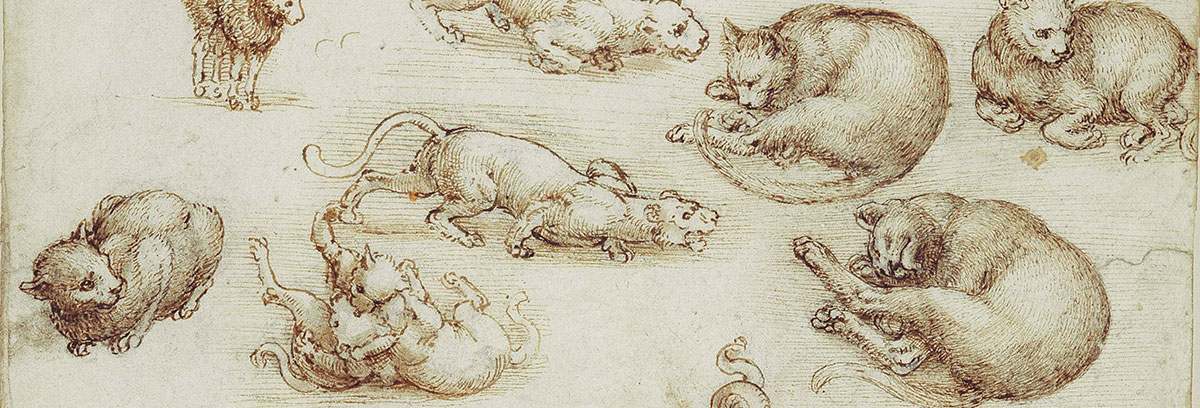
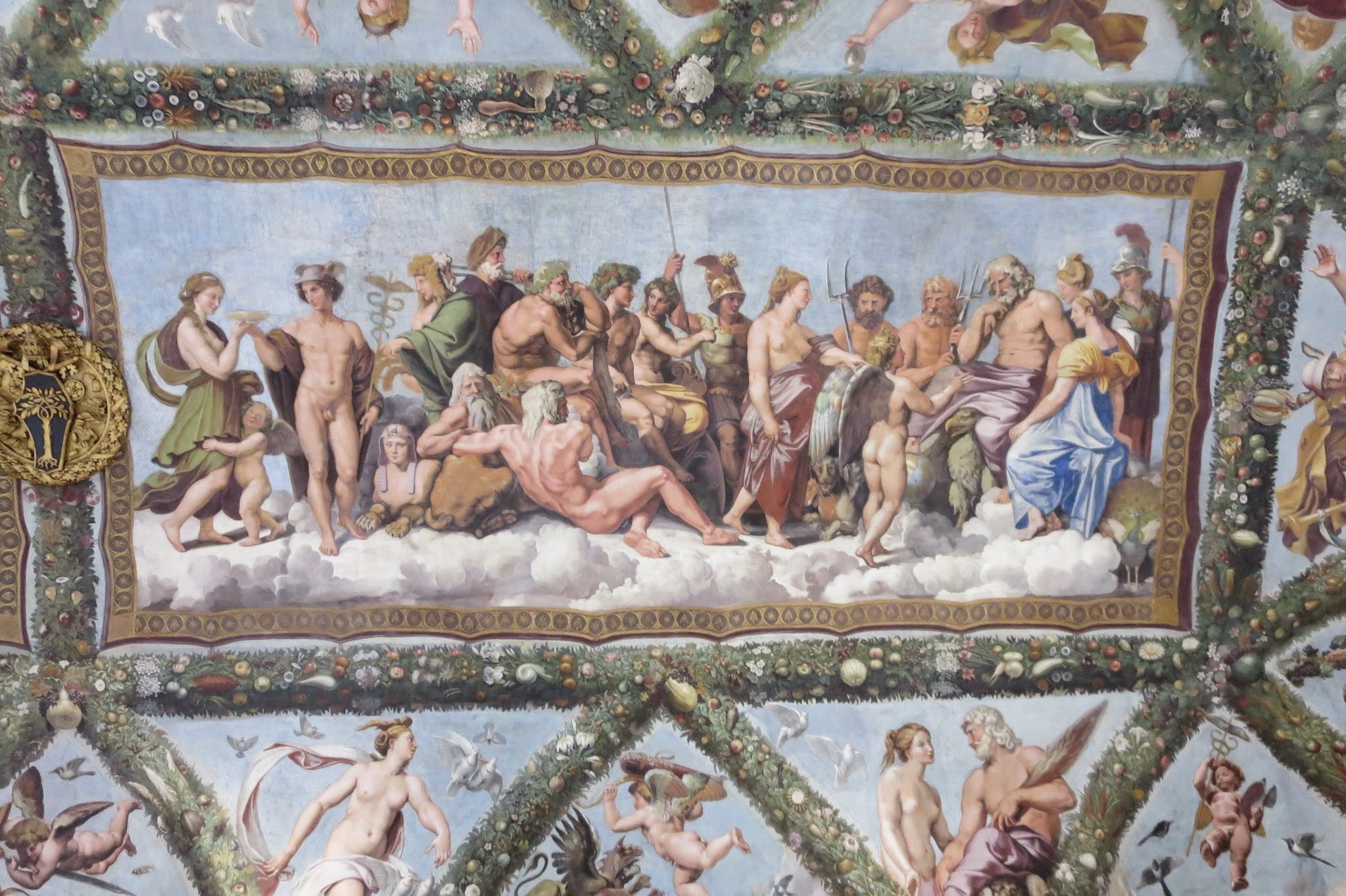
I've been planning a trip to Bologna, where part of my third novel is set. I've been researching the heck out of that area. I already knew it has the oldest university in the world, but one of the things I was most intrigued to find was Bologna was a city of towers. There were at least 100 towers, many of them upwards of 32 or more stories. Here's an artist's rendering of what it might have looked like in its heyday:

According to the ancient Roman historian, Pliny the Elder, "Apicius, the most gluttonous gorger of all spendthrifts, established the view that the flamingo's tongue has a specially fine flavor." The poet Martial, who was born a few years before Apicius died, agreed, saying: “My red wing gives me my name, but epicures regard my tongue as tasty. But what if my tongue could sing?” They don't actually sing, however. They tend to honk and squawk.
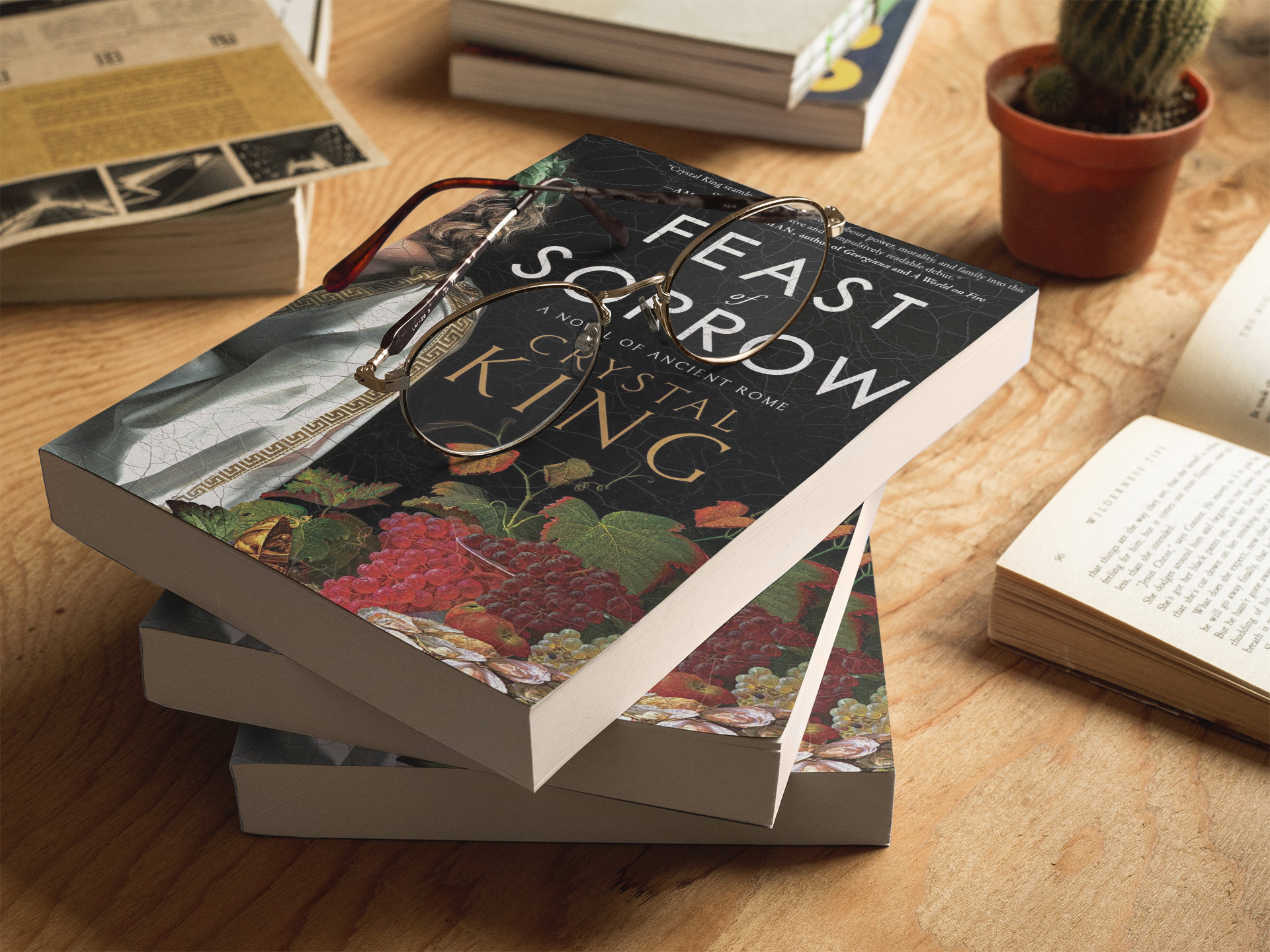
It's hard to believe that it's been almost a year since Feast of Sorrow was launched in hardback and eBook. So much has happened in the last twelve months, including: